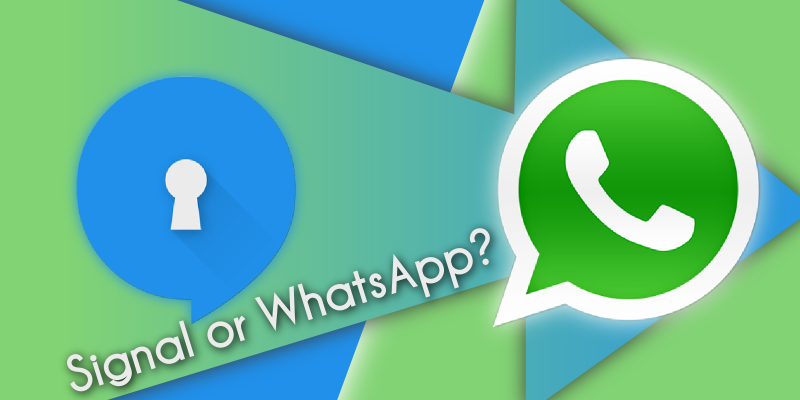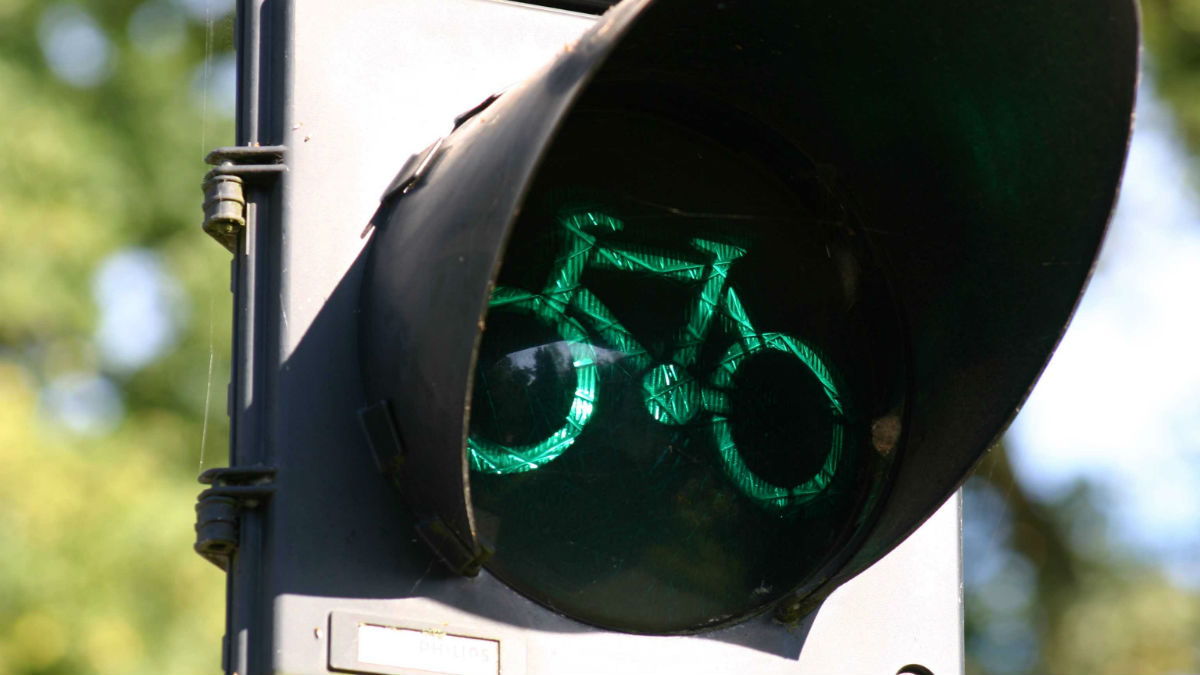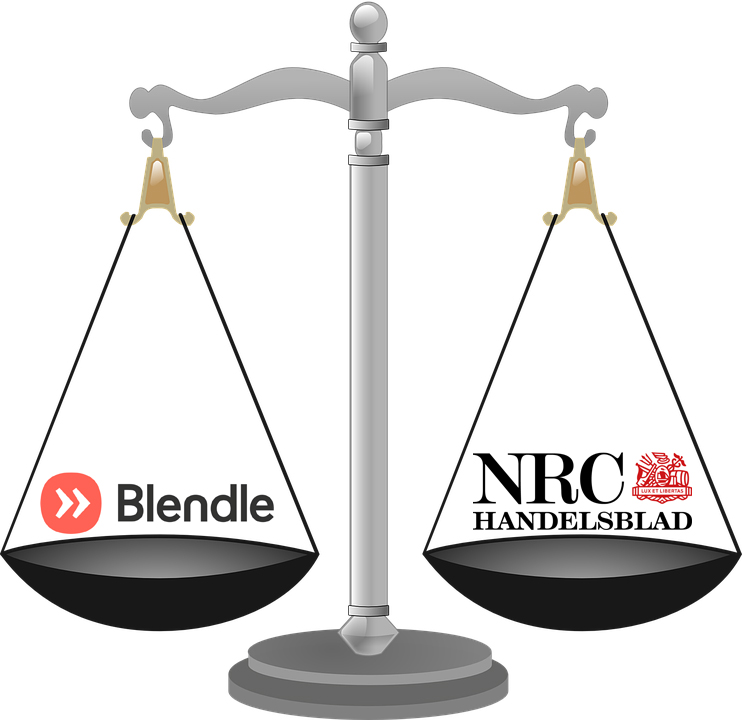CabinetCo*, a children’s design furniture company, struggles with the problem of high lead time and production costs. The bottleneck in the production process are the window frames of the cabinets. Due to the labour-intensive nature of these window frames, the supplier repeatedly exceeds the agreed delivery time. To solve this problem CabinetCo considers a 3D-printing solution that has recently been proposed by a 3D printing company. We consult CabinetCo by investigating the possibilities of 3D printing. Two alternatives are considered:
The first one is 3D printing a high injection mould for the window frames. By injecting these steel moulds with plastic material, window frames can be produced quickly. In order to create window frames that are similar to the current wooden window frames wood-plastic-composite material can be used to mimic the natural material wood.
The second alternative is to print the window frames with an 3D printer. “The downside of 3D printing is that it is limited to a narrow range of plastic, ceramic, biological and metal materials compared to traditional manufacturing processes” (Basiliere, 2016). Therefore we evaluated this solution for two kinds of materials: plastic and wood filament. Wood filament is a mix of plastic and wood fibres that tries to imitate the natural material wood.
Our findings suggest that CabinetCo should not consider 3D printing of the window frames, as this technique will not reduce costs or lead time. The better alternative is the development of a high injection mould, after which the window frames will be constructed of wood-plastic-composites. This will reduce the yearly production costs. Also, it will reduce the lead time with 3 weeks. However, this solution contains a high risk of damaging the authentic image of CabinetCo because the cabinets will be not made out of 100% handmade wood anymore. Therefore, an investment in 3D printing is not recommended. Laser cutting and water jetting are raised as alternative possibilities that require further research.
*Note: Due to a confidence agreement we replaced the company’s name by a fictive name
Source:
Basiliere, P. (2016) What 3D Printing Means for Your Supply Chain [Online] http://blogs.gartner.com/pete-basiliere/2016/04/12/what-3d-printing-means-for-your-supply-chain/




